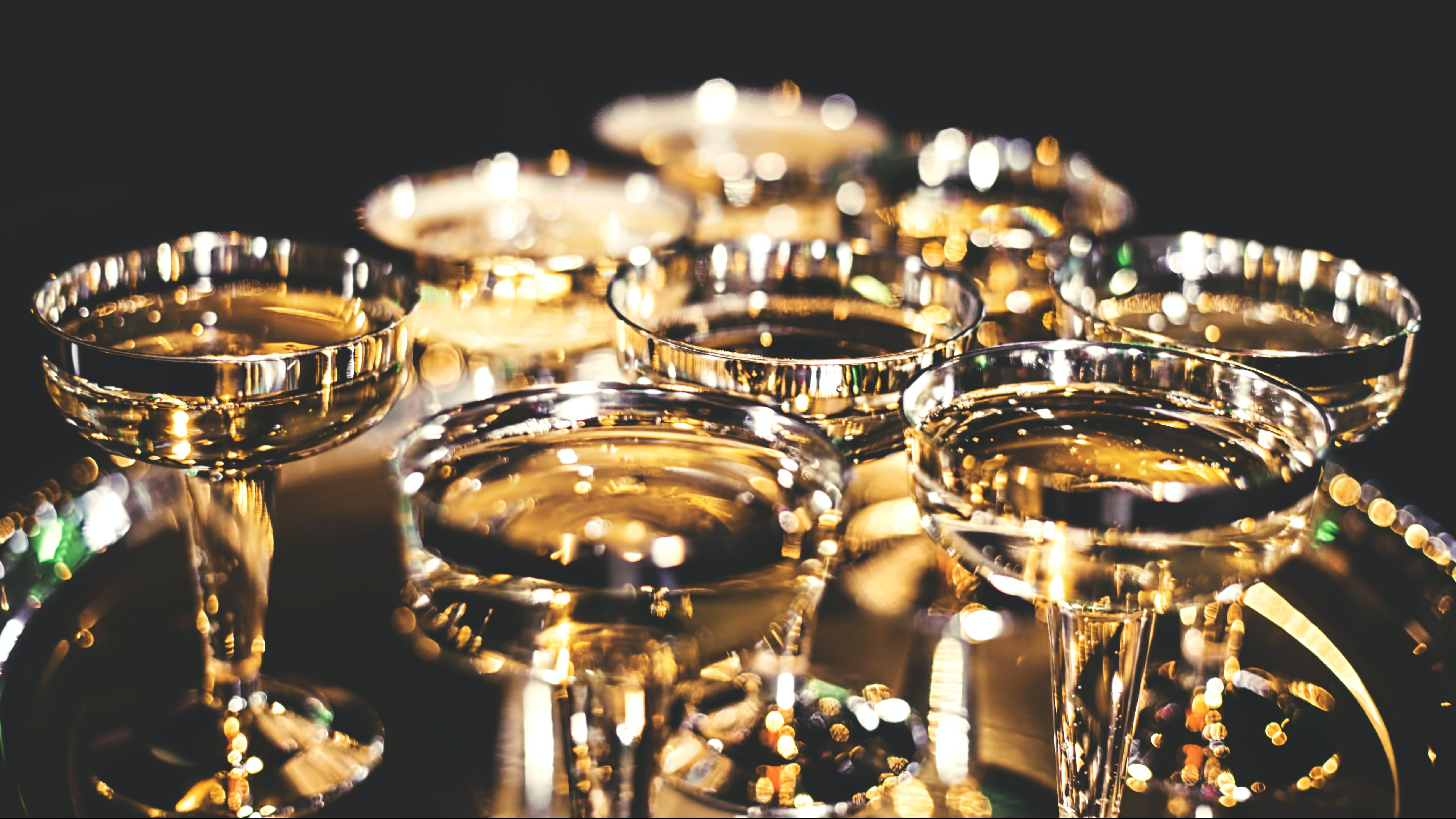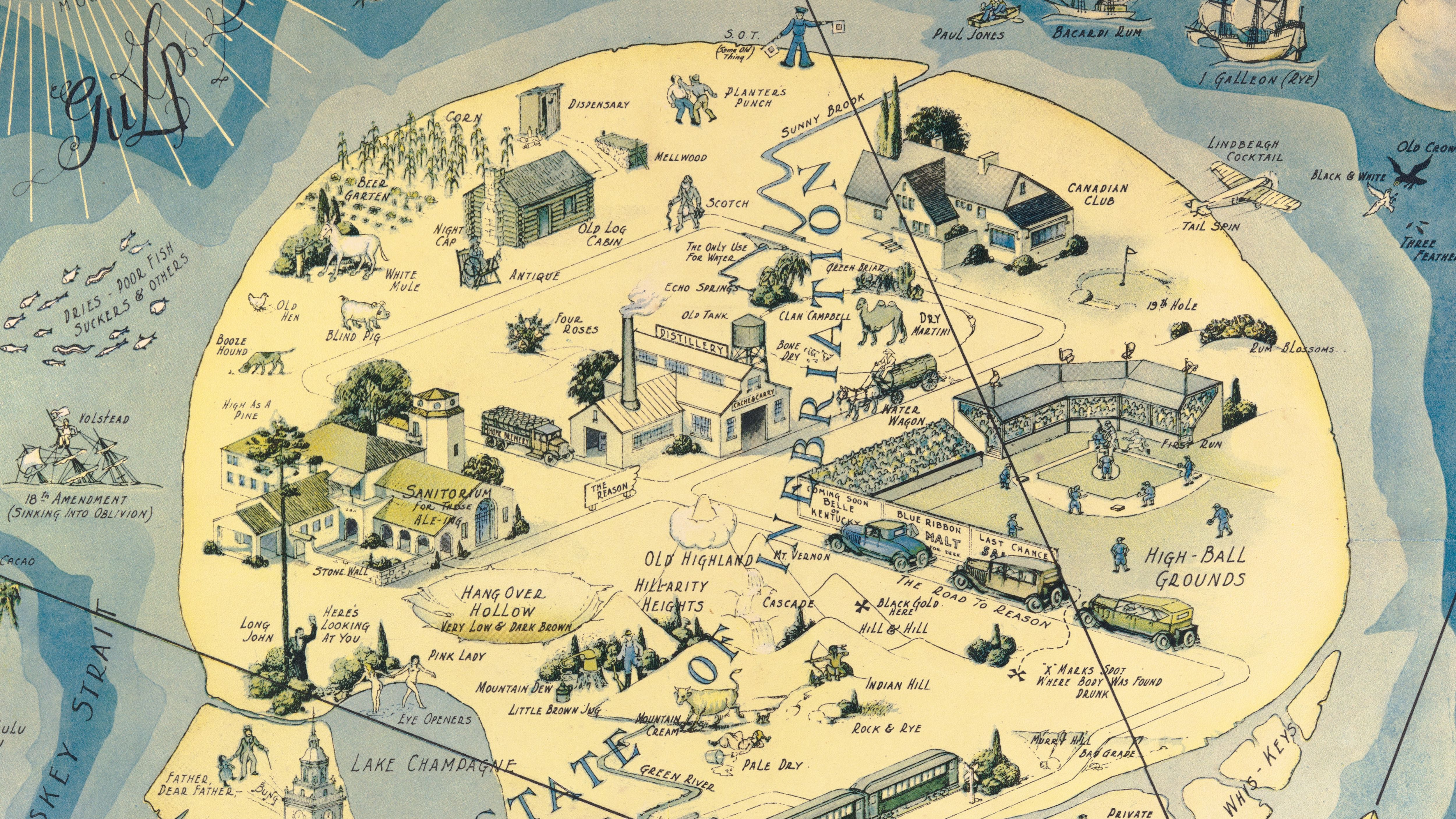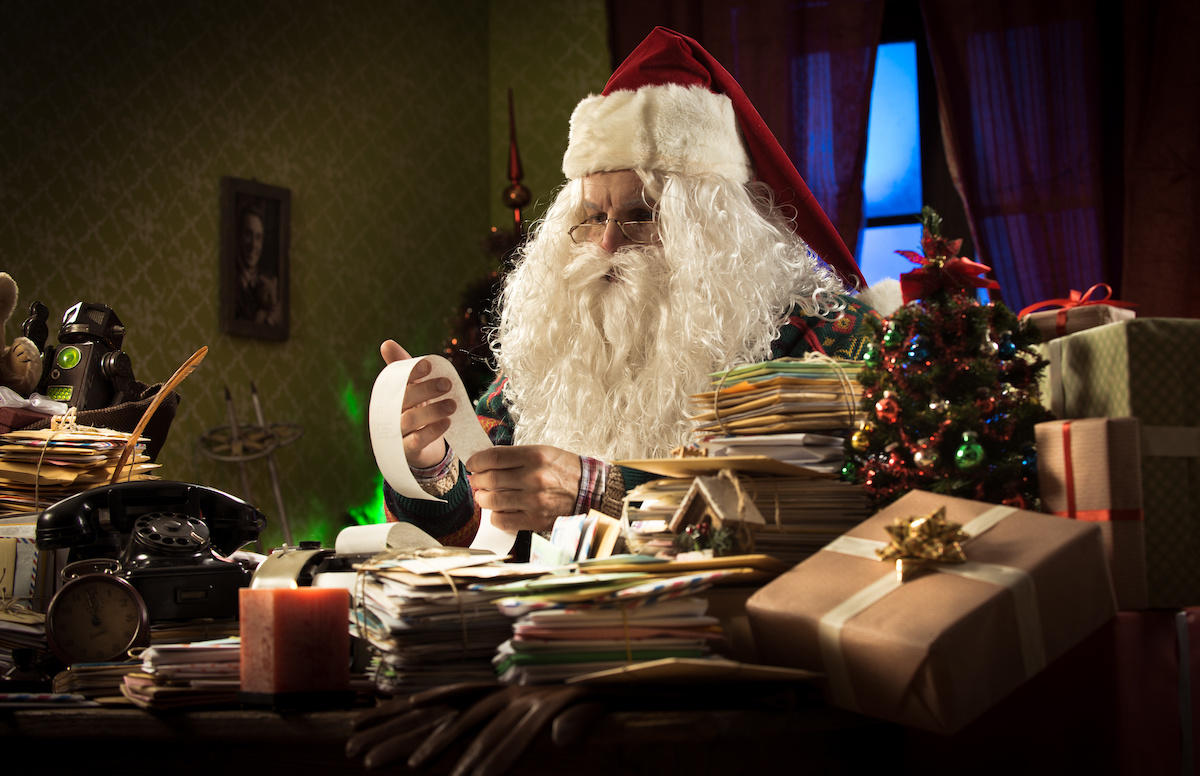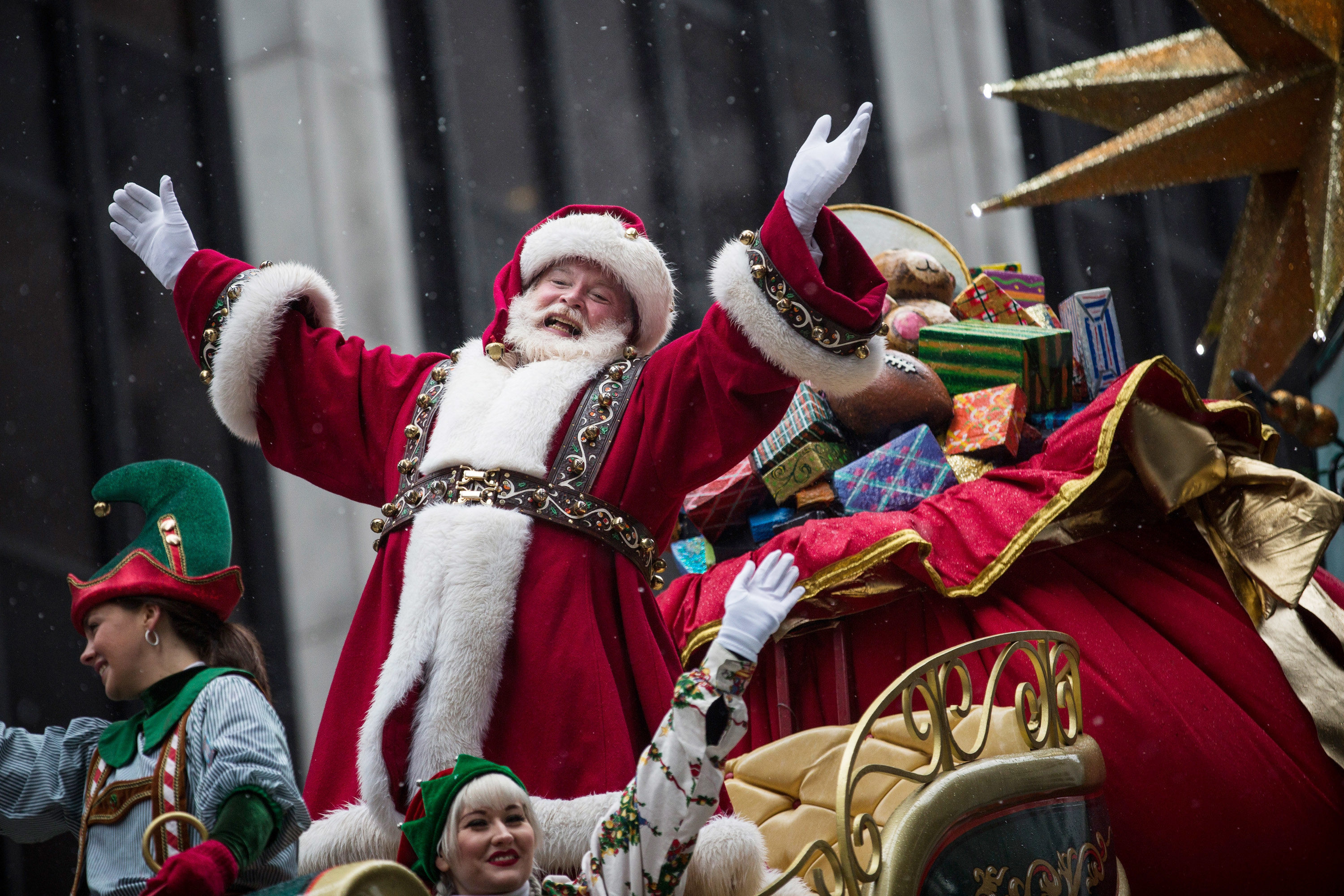The strange history of alcohol at Christmas

For consumers of festive beverages, the news is bad: this holiday season, Guinness may not be on tap and glass for bottling wine is scarce. Climate disasters, like British Columbia’s floods, have further weakened already troubled supply chains.
In the United Kingdom, seasonal “booze trains” are being pressed into service to prevent empty shelves. Facing shortages of everything from turkeys to toys, prioritizing beer and bubbly shows the strong link between Christmas and alcohol.
It’s a link that goes back to the beginnings of the holiday. Although early Christian writings don’t indicate when Jesus was born, his conception became associated with the spring equinox. Assuming a nine-month pregnancy, Christians began to mark the birth on Dec. 25.
As it happened, a tipsy, somewhat scandalous celebration already ran from Dec. 17 to 23. Ancient descriptions of Saturnalia — a Roman holiday in honour of the god Saturn — sound surprisingly familiar: gift-giving, social gatherings and excessive drinking. Seneca the Younger (died 65 CE) wrote: “It is now the month of December, when the greatest part of the city is in a bustle.” The festival also emphasized social reversals, for instance when the enslaved were served a meal as if they were temporarily the masters.
The story of Christmas
The story that Christmas was deliberately invented to “Christianize” Saturnalia sometimes circulates but is not historically accurate. Instead, as Christianity became the Empire’s religion and Saturnalia was suppressed, midwinter revelry transferred organically from one holiday to the other.
During the Middle Ages dancing and drinking were so synonymous with Christmas that English Puritans famously banned it from 1644-59. A preacher of the day compared Christmas to “the sacrifices of Bacchus,” the ancient god of wine.
Yet amid the winter revelries, stories about justice and a better world continued. Impoverished wassailers demanded access to food and shelter, at least for an evening.
In his 1843 A Christmas Carol, Charles Dickens and his famous character Scrooge were part of another re-invention of the holiday. In The Battle for Christmas, author Stephen Nissenbaum describes how Victorian entrepreneurs like Dickens and his 20th-century successors domesticated the season, building today’s emphases on children — and mass consumption.
Nissenbaum maintains that adult merrymaking, over-drinking and the whiffs of scandal at Christmas parties and New Year’s celebrations echo Christmas’s bacchanalian past.
Thanks to pop culture, the festival remains linked with liquor. In 2016, a social media post went viral with a Hallmark Christmas movie drinking game. Scorecards keep track of cliché moments to down a drink: when two love interests kiss, when it begins to snow and, notably, when some Scrooge has their “Christmas conversion.”
All Scrooge-types
Despite the commercialization of Christmas, the focus on inverting rich and poor hasn’t disappeared. Dickens said A Christmas Carol was “raising the Ghost of an Idea” about social reform. Miserly Scrooge is frightened into facing how caring about others is the essence of the holiday.
Like all Scrooge-types since, from Dr. Seuss’s Grinch through Elf’s Walter Hobbs to Candace Cameron Bure in Hallmark’s Let It Snow, the original Scrooge repents of his anti-humanity stance.
To show he will put people above profits, Scrooge hosts a Christmas feast for his abused employee, Bob Cratchit and family. Scrooge pours Cratchit a hot cup of an intoxicating drink called the “Smoking Bishop”. In contemplating his death, Scrooge improves his life, and a celebratory toast is not far behind.
Apocalypticism
As a New Testament scholar and historian, I cannot help but think of another ancient narrative that used visions of impending calamity to improve present systems.
Apocalypticism was an ancient Jewish movement to which Jesus subscribed. It drew on Hebrew traditions such as Isaiah 55’s vision of the end of time. In this awaited post-apocalyptic world, the poor buy fine wine “without money,” and live forever in a realm of justice and peace where the social order is as reversed as a permanent Saturnalia.
I’ve asked before whether Dickens was perhaps inspired by one of Jesus’s parables. I’ve also written about pairing the qualities of a mimosa with the anticipatory fervour in early Jewish and Christian apocalyptic texts.
These ancient passages illustrate the long-held hope that cataclysmic futures might bring more equitable presents, which early Christians believed began with the first Christmas.
Alcohol is water-thirsty
This year, apocalypse, booze, and Christmas come together yet again amid overlapping environmental and social crises. At the climate talks in Glasgow, COP26 Scotch was hand-bottled “within a stone’s throw of the negotiations.” The Scotch Whisky Association used the limited edition to showcase its “sustainability commitments.”
Alcohol is water-thirsty; distillers, brewers and winemakers are aware of its environmental impact. Brewing a pint of beer requires almost 150 litres of water, wine about two-thirds that amount. One of the reasons the Hebrew scriptures refer to wine more than beer is that ancient Palestine was a water-starved area where wine production made more sense.
Dickens knew, as scholars of the humanities know, that stories shape societies. Facing our own hour of darkness, Dickens’ “Ghost of an Idea” and his archetypal tale of a last-minute conversion to the greater good is more relevant than ever.
Like Scrooge, our political and corporate leaders have a choice: whether to put people above profits, or to think only of the balance sheet. As climate scientists have been saying for a long time, it is the last stroke of 12.
While shelves empty and the “booze trains” run, humanity’s ancient midwinter dreams of equality and justice still wait.
This article is republished from The Conversation under a Creative Commons license. Read the original article.





